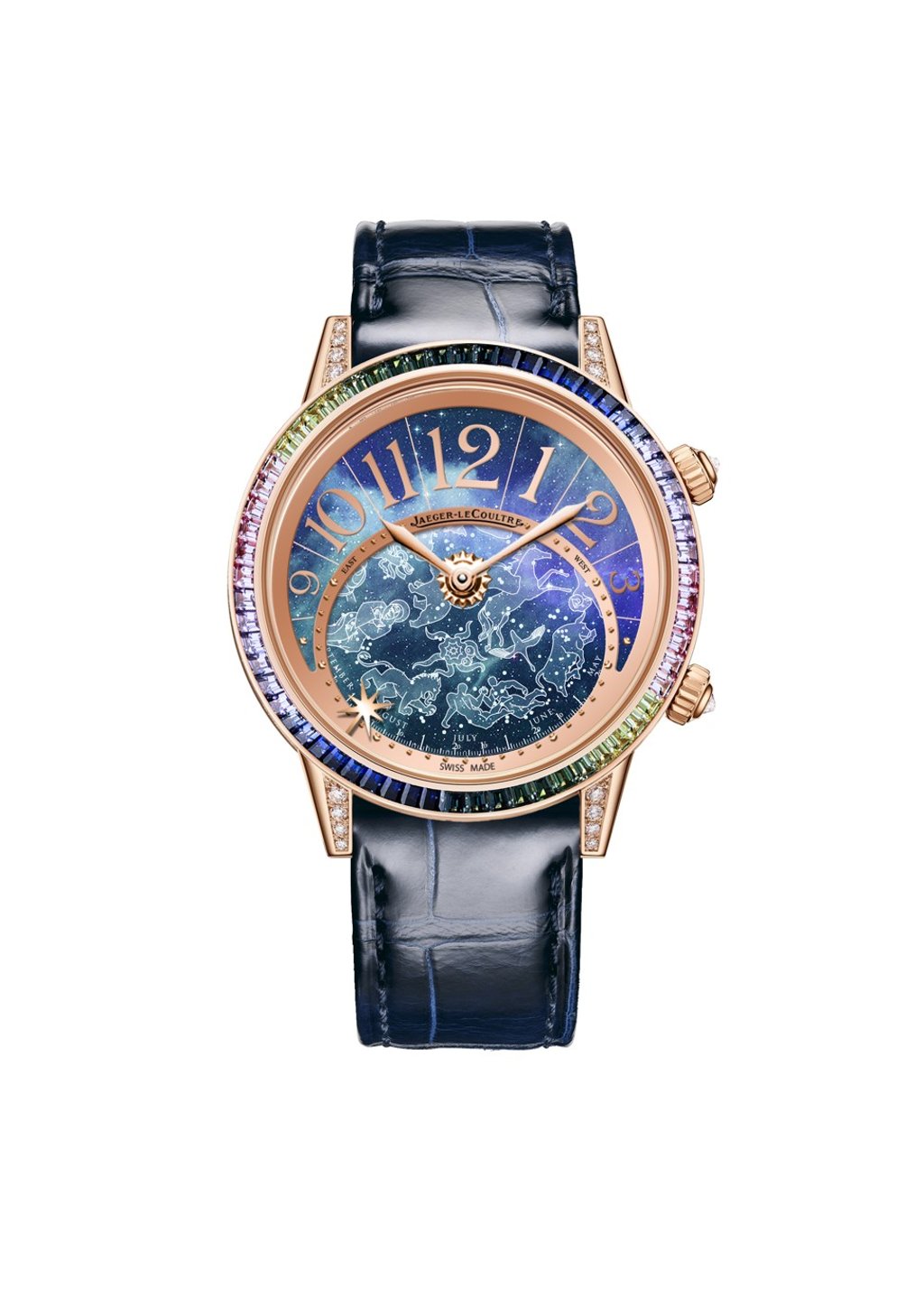Chanel, Dior, Cartier and luxury watch maisons whose ingenuity and craftsmanship constantly surprise

Many of the creations are a masterclass in the ancient crafts and preserving these skills for future generations is being encouraged
Apart from using diamonds, luxury watch maisons delight in other surprises, as craftsmanship and seductive timepiece designs take centre stage. The crowds gasped at this year’s Salon International de la Haute Horlogerie (SIHH) Genève when Cartier unveiled its latest haute horlogerie pieces, in particular the Cartier Révélation d’Une Panthère, where the panther’s face – 650 minuscule round brilliant-cut diamonds – dissolves with a tilt of the dial. Tilt it again and the panther’s face reappears.

How did Cartier do it? While the secret remains safe, it is a nod to the skill and ingenuity of the artisans at the brand’s Maison des Métiers d’Art in the valley of La Chaux-de-Fonds, Switzerland. It was there the technique was developed for the first incarnation of the Révélation d’Une Panthère; gold bead granulation was used for the panther’s disappearing act.
Gold bead granulation is an ancient technique that first appeared in the third millennium BC; Cartier introduced it for its watches in 2013, with the help of experts from the Louvre Museum. The earliest example of this technique in its timepieces is found in the Panthère’s face, constructed from gold beads melded onto a gold dial.
Cartier opened its Maison des Métiers d’Art in 2014, as did other luxury brands, including Jaeger-LeCoultre, Graff, Jaquet Droz, Vacheron Constantin and Patek Philippe, as an investment to meet growing demand for highly crafted timepieces. Its creations are a masterclass in ancient crafts, showcasing skills in enamelling, filigree, wood, floral, straw marquetry and gem-setting.
Its timepieces may have a practical purpose: to tell the time, but they are also rare pieces of art, and clients are drawn by their scarcity and the time spent creating these marvels in the ateliers. Preserving these skills for future generations is one of the maison’s chief goals.

Jaeger-LeCoultre established an in-house department at its headquarters in Switzerland’s Vallée de Joux to conserve the skills of miniature enamel painting – one miniature enamel painting can take more than 80 hours – guillochage, enamelling, engraving and gem-setting, as illustrated on the dazzling Rendez-Vous Red watch. Skilled miniature painting features in the Rendez-Vous Celestial high jewellery watch, with an image of the heavens and constellations on the dial.
Certain skills have been lost forever, while others take a lifetime to perfect. Just seven people are involved in the engraving, chamfering and guilloche decoration the maison produces – each engraver has a signature style instantly recognised by his peers. In their own area of creativity, artisans design and make pieces, and are encouraged to experiment and venture out for cultural days to take in exhibitions and explore artists of the moment.
